Invented by Bao Tran, Ha Tran
Computing systems are essential for businesses of all sizes, from small startups to large corporations. They provide the necessary tools for businesses to manage their operations, communicate with customers, and analyze data to make informed decisions.
One of the key drivers of the computing system market is the rise of cloud computing. Cloud computing allows businesses to access computing resources over the internet, rather than having to invest in expensive hardware and software. This has made computing systems more accessible to businesses of all sizes, and has also led to the development of new computing technologies and services.
Another factor driving the growth of the computing system market is the increasing use of mobile devices. As more people use smartphones and tablets to access the internet and conduct business, there is a growing need for computing systems that can support these devices. This has led to the development of mobile computing systems, which are designed to be used on-the-go and provide access to important business data and applications.
The market for computing systems is also being driven by the increasing importance of data analytics. With the rise of big data, businesses need computing systems that can analyze large amounts of data and provide insights that can help them make better decisions. This has led to the development of new computing technologies, such as artificial intelligence and machine learning, which are designed to help businesses make sense of their data.
Overall, the market for computing systems is expected to continue growing in the coming years. As businesses become more reliant on technology to stay competitive, the demand for computing systems will only increase. This presents a significant opportunity for companies that are able to develop innovative computing technologies and services that can meet the needs of businesses of all sizes.
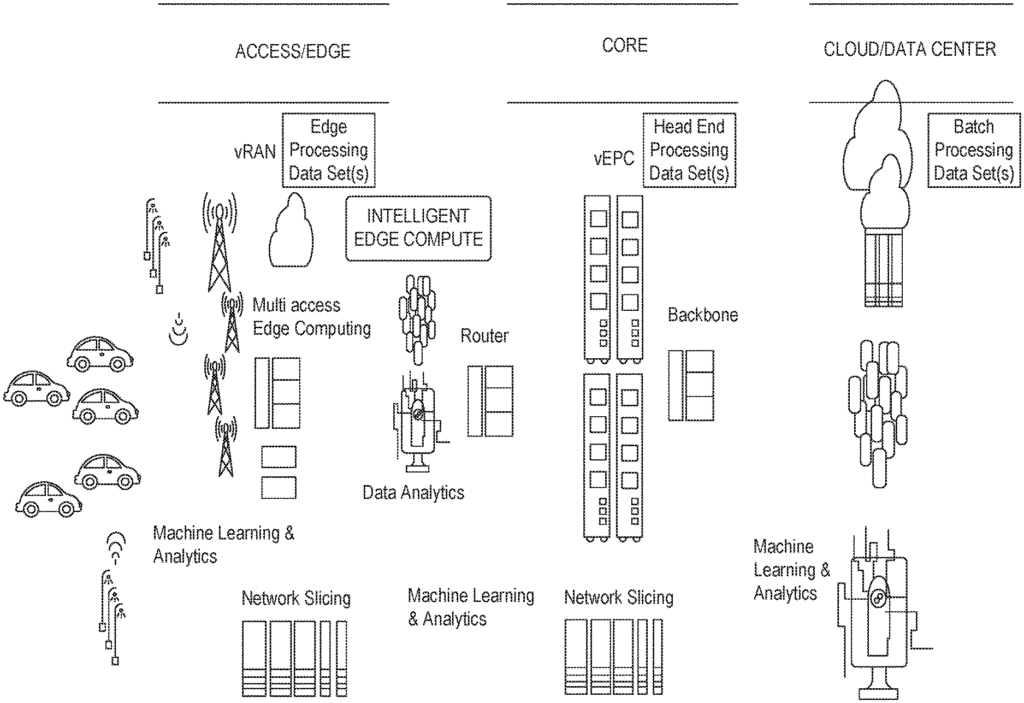
The Bao Tran, Ha Tran invention works as follows
A system comprises a transceiver that communicates with a predetermined target; one to three antennas, each of which can be electrically or mechanically directed to the target; and an edge-processing module coupled to transceiver and one to more antennas that provide low latency computations for the target.
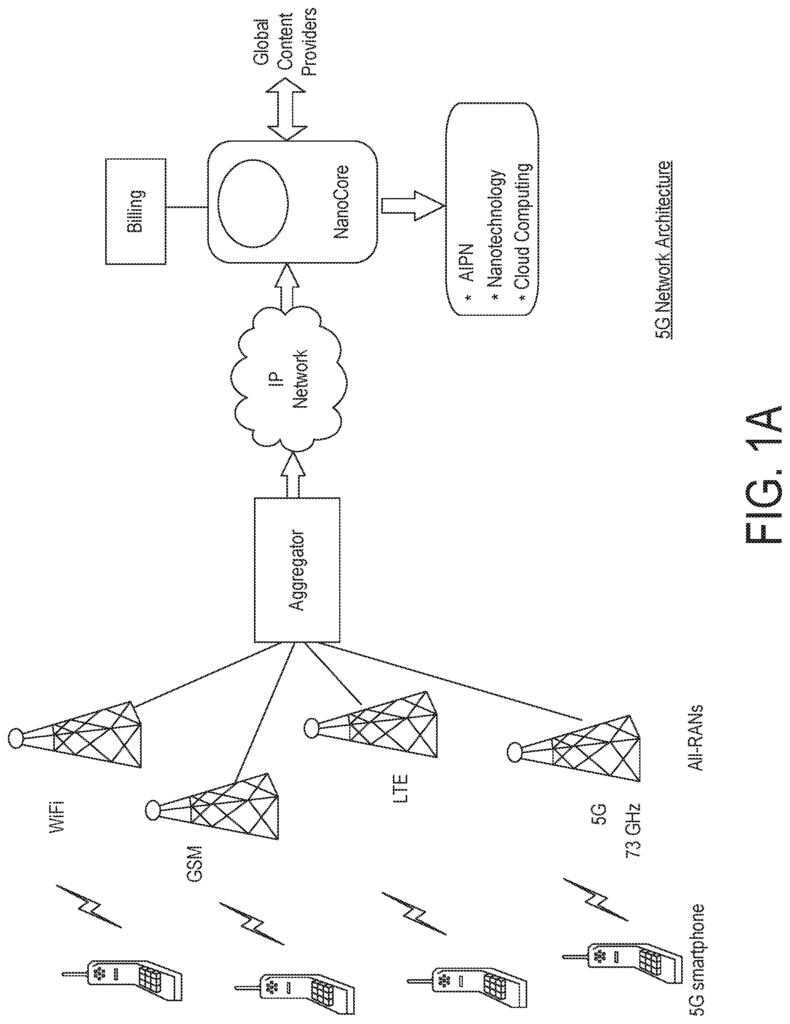
Background for Computing system
Various inventive aspects are described below:
Edge Processing with low Latency
A system comprises a cellular transmitter to communicate with a predetermined target; one to three antennas connected to the 5G transceiver that can each be electrically or mechanically directed to the target; a processor to control the directionality of one or more of the antennas in communication with this target; and an edge processor module coupled to both the processor and one or two antennas to provide low latency computations for the target.
Implementations may include one or more of these. Edge processing may include quantum processors and cryogenic processors as well as learning machines, GPUs and FPGAs. The processor calibrates the radio link between the housing’s transceiver and a client device. To communicate with either a remote or cloud-based radio access system (RAN), the processor is connected to fiber optics cable. The processor calibrates the connection by analysing RSSI and TSSI, and then moves the antennas to reach predetermined cellular parameters. A processor, a GPU (graphical processing unit), a neural network, and a programmeable logic device (PLD) are all part of the edge processing module. The antenna housing contains the edge processing module. An antenna housing can contain an edge processing module. It could be a pole or a building. A 5G transceiver is possible. Based on service level agreement, performance requirement and traffic distribution data, network requirements, or previous beam sweeping history, the processor coordinates beam sweep by one or more antennas with radio nosdes or user equipment (UE). The beam sweep is directed at a group or autonomous vehicles, or a group virtual reality devices. A neural network that is coupled to a control, management, and data planes to optimize 5G parameters. To capture security information, there may be one or more cameras and sensors embedded in the housing. LIDAR or RADAR can be mounted to the antenna’s housing as edge sensors. Individual identity identification can be performed by a camera. To minimize target loading, the edge processing module streams data directly to the predetermined target. The workload of the edge processing module is shared with a core module at a head end and a cloud module at a data center. Each processing module has increased latency and has a processor, a graphic processing unit (GPU), neural network, statistical engine or a programmeable logic device (PLD). The housing contains an edge learning machine that provides local edge processing for Internet-of-Things sensors. This allows for reduced off-chip access. The edge learning machine modifies pre-trained models to perform a specific task. An edge learning machine can send a safety message to a person crossing the street near a street light or city light. A cloud-trained neural network, whose network parameters have been down-sampled before being transferred to the edge network.
Beam Sweeping with low latency
A system comprises a cellular transceiver that communicates with a predetermined target; one to three antennas connected to the 5G transceiver, each electrically steerable towards the target; and a processor to generate an antenna beam sweeping command based on traffic distribution data, device networking needs or a previous beam sweeping history to focus at most one beam for communication with this predetermined target.
One or more of these elements can be included in implementations. Traffic distribution data can be collected from radio nodes or UE devices. Or, the networking requirements could include, for instance, service requirements related to one or more vehicles or reality applications on one or multiple UE devices. The processor calibrates the radio link between the housing’s transceiver and a client device. To communicate with either a remote or cloud-based radio access system (RAN), the processor is connected to fiber optics cable. The processor calibrates the connection by analysing RSSI and TSSI, and then moves the antennas to reach predetermined cellular parameters. A 5G transceiver is possible. Based on service level agreement, performance requirement and traffic distribution data, network requirements, or previous beam sweeping history, the processor coordinates beam sweep by one or more antennas with radio nosdes or user equipment (UE). The beam sweep is directed at a group or virtual reality devices. The beam sweeping can be determined by a neural network (NN). To optimize 5G parameters, the NN can connect to a control, management, and data plane. To capture security information, there are one or more cameras or sensors embedded in the housing. LIDAR or RADAR can be mounted to the antenna’s edge sensors. Such data can then be transmitted at the highest priority to vehicles passing by. Individual identity identification can be performed by a camera. To minimize target loading, the edge processing module streams data directly to the predetermined target. The workload of the edge processing module is shared with a core module at a head end and a cloud module at a data center. Each processing module has increased latency and each module has a processor, a GPU (graphical processing unit), a neural network or a programmeable logic device (PLD). The housing contains an edge learning machine that provides local edge processing for Internet-of-Things sensors. This allows for reduced off-chip access. The edge learning machine modifies pre-trained models to perform a specific task. An edge learning machine can send a safety message to a person who crosses a street near a street light or city light. A cloud-trained neural network, whose network parameters have been down-sampled before being transferred to the edge network. A processor can be connected with an edge processing module and one or more antennas in order to provide low latency computation for a predetermined target. An edge processing module may include a processor, a GPU (graphical processing unit), a neural network or a PLD (programmable logic device). The antenna housing contains the edge processing module. An antenna housing can contain the edge processing module. The processor can execute code, including asking for a section of a network for a set of devices, checking for resources available to fulfill the request, assigning a network slices deployment layout satisfying the requested part of the network, including an antenna level layout, as well as managing resources at antenna level to provide communication for the group. You can request enhanced services for autonomous cars. Requests can also be made for reality applications like virtual reality and augmented reality. The system will determine a candidate deployment layout for a candidate networking resource. This layout is used to optimize the use of available network resources. The system coordinates, authorizes and releases network resources. The system can obtain network slice deployment descriptors that correspond to a network deployment layout. To fulfill the service request, the system may also manage the provisioning and management of the network slice layout. The system can perform various functions, including network slice lifecycle management, configuration management (e.g. policies, isolation management), performance management (e.g. service level agreement management, service assurance, programmability), and service mapping. The system provides real-time updates to the network resource device about network resources availability based on current network state and provisioned resources. This supports service request requests. The system can provide information regarding the monetary cost of a candidate network deployment layout and quality-of-service values associated to that candidate network slice deployment layout (e.g. minimum value and/or maximum value in terms of latency, bandwidth reliability, etc.). Other information such as the configuration and/or service, virtual network resource and non-virtual resource, cloud, 5GRAN access, and/or any other information. This method involves storing network resource information and capability information about network resources and creating network-level requirement information to support the network service. This method involves creating end-to end network slice deployment information, which includes parameters for provisioning an end-to end network slice layout in the network that supports a network service.
Network Slicing to Groups of Devices
Managing a cellular network involves requesting a section of the network for a group, checking for resources available to fulfill the request, assigning a network slices deployment layout satisfying the requested part of the network, including an antenna level layout, as well as managing resources at antenna level to provide communication for this group.
In one implementation, the request could be for enhanced services to autonomous vehicles. Requests can be made for reality applications like virtual reality and augmented reality. The system will determine a candidate deployment layout for a candidate networking resource. This layout is used to optimize the use of available network resources. The system coordinates, authorizes and releases network resources. The system can obtain network slice deployment descriptors that correspond to a network deployment layout. To fulfill the service request, the system can manage the provisioning and management of the network slice layout. The system can perform many functions, including network slice lifecycle management, configuration management (e.g. policies, isolation management), performance management (e.g. service level agreement management, service assurance, programmability) and service mapping. The system provides real-time updates to the network resource device about network resources availability based on current network state and provisioned resources. This supports service request requests. The system can provide information regarding the monetary cost of a candidate network deployment layout and quality-of-service values associated to that candidate network slice deployment layout (e.g. minimum and/or maximum values pertaining to latency or bandwidth reliability, etc.). Other information such as the configuration and/or service, virtual network resource and non-virtual resource, cloud, 5GRAN access, and/or any other information. This method involves storing network resource information and capability information about network resources and creating network-level requirement information to support the network service. This method involves creating end-to end network slice deployment information, which includes parameters for provisioning an end-to end network slice layout in the network that supports a network service.
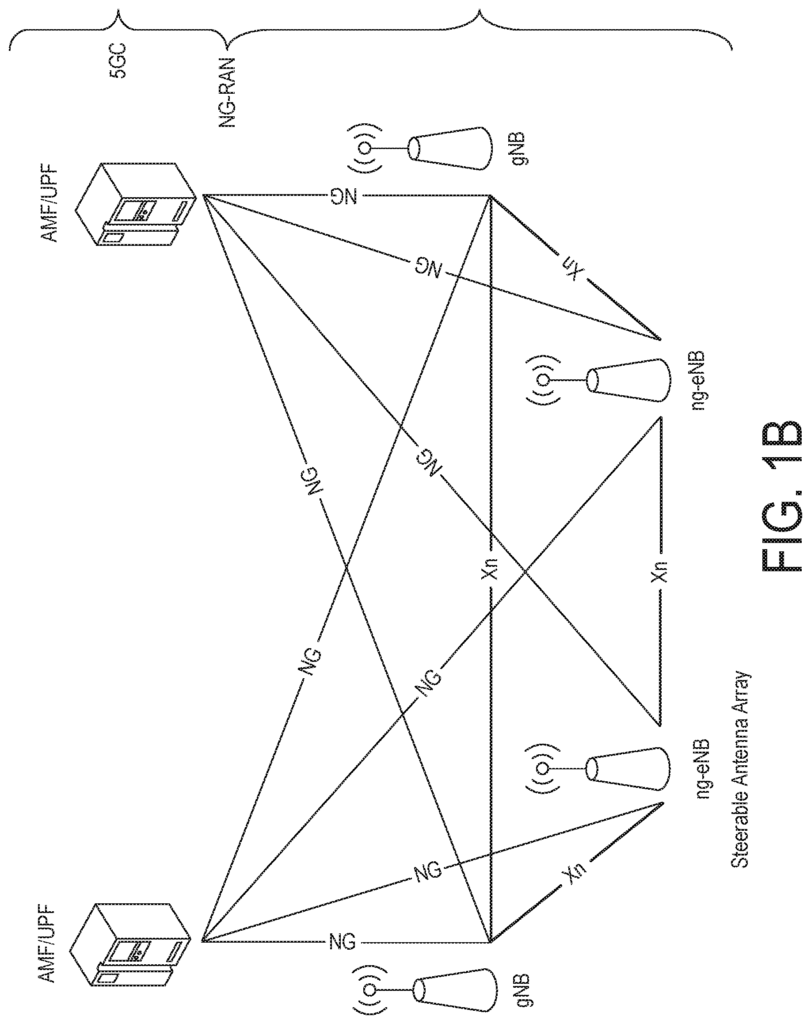
Steerable Actuated Antenna.
A system includes a moveable top and an antenna mounted on it to direct the antenna towards a target. One or more of these components may be included in the system. Under processor control, a pneumatic actuator or an electrical motor can be used to adjust the curvature and directionality of antennas. The processor can calibrate RF links between the tower and client devices. The processor can calibrate the connection through examining the RSSI/TSSI and scanning the moveable surface until they reach the optimal RSSI/TSSI levels or other cellular parameters. You can move the actuators up and down to scan the target device. To provide two-sided communication antennas, opposing actuator arrays may be constructed. A number of actuators can also be used, similar to bee eyes. Each antenna can be independently steerable to optimize 5G transmission. SNR can be improved by using Fresnel lenses. The processor can automatically focus the actuators by making iterative adjustments to the antenna’s orientation. This allows for the attainment of predetermined criteria such as best transmission speed, TSSI and RSSI, SNR and others. This works in the same way as human vision eyeglasses correction. To optimize the 5G parameters, a learning machine like a neural network or SVM may be used to control the management plane of the network. This is based on local behavior.
Learning System Plane
A system for optimizing data flow in 5G networks includes a neural net plane, a control plane that is coupled to the network plane, and a management plan that is coupled to it. During run-time, the neuralnet plane receives cellular network statistics from a data plane. During training, the neuralnet plane provides operating parameters to the data control and management planes. One or more operations send resource requests to the neuralnet plane to enable autonomous resolution which maximizes the data flow. One or more of these components may be included in the system: A moveable surface, and one or more antennas mounted to the moveable surfaces to adjust the direction of the antenna towards a target. Under processor control, a pneumatic actuator or an electrical motor can be used to alter the curvature and directionality of antennas. The processor can calibrate RF links between the tower and client devices. The processor can calibrate the connection through examining the RSSI/TSSI and scanning the moveable surface until they reach the optimal RSSI/TSSI levels or other cellular parameters. You can move the actuators up and down to scan the target device. To provide two-sided communication antennas, opposing actuator arrays may be constructed. A number of actuators can also be used, similar to bee eyes. Each antenna can be independently steerable to optimize 5G transmission. To improve SNR, Fresnel lenses can be used. Concentrate the antenna on BS or UE and combine antennas to create orthogonal transmissions based upon different factors. The processor can automatically focus the actuators by making iterative adjustments to the antenna’s orientation until a predetermined criteria has been met, such as best transmission speed, TSSI or RSSI, SNR and other factors. This works in the same way as human vision eyeglasses correction.
Man-Hole Antenna
A system that includes one or more actuators, a ground covering above the one or two actuators, providing a moveable top, where actuators move to adjust curvature of the surface; and an antenna mounted to the surface to alter the direction of the antenna towards a predetermined target.
A system includes a ground covering (such as a manhole covers) that allows radio signals to pass through; a moving surface coupled to the cover; one or more antennas mounted to the moveable surface to alter the direction of the antenna towards a predetermined target.
3G/4G Cell Towers
A system comprises a cell tower with a pole at the top to mount 4G antennas, and a 5G housing. One or more mechanically steerable active antennas are mounted on the housing. They communicate with a predetermined target via 5G protocols. One or more of these components may be included in the system. The processor can adjust the angle and curvature of the antenna. The processor can calibrate RF links between the tower and client devices. The processor can calibrate the connection through examining the RSSI/TSSI and scanning the moveable lens until optimal RSSI/TSSI levels are achieved (or other cellular parameters). You can inject or remove liquid from the moveable surface or you can use actuators that are attached to the surface to scan the target client/device. To create two-sided communication antennas, you can combine opposing pairs of lenses. A number of actuators/antennas can be used, similar to bee eyes. Each antenna can be independently steerable to optimize 5G transmission. SNR can be improved by using Fresnel lenses. With processors, it is possible to automatically focus 5G signals on the target client/device by making iterative changes to the antenna’s orientation. This can be done by changing the surface’s curvature, shape, or direction until predetermined criteria are met, such as transmission speed, TSSI and RSSI, SNR, and others. To optimize 5G parameters, a learning machine like a neural network or SVM may be used to control/manage the 5G network. This is based on local behavior. To steer the antenna, a movable surface can also be installed on the housing. You can use liquid lens or an actuator array to move the surface. Security information can be captured by sensors and cameras. Local processing can be done at the edge by learning machine hardware.
Actuator-Based Active Antenna Array
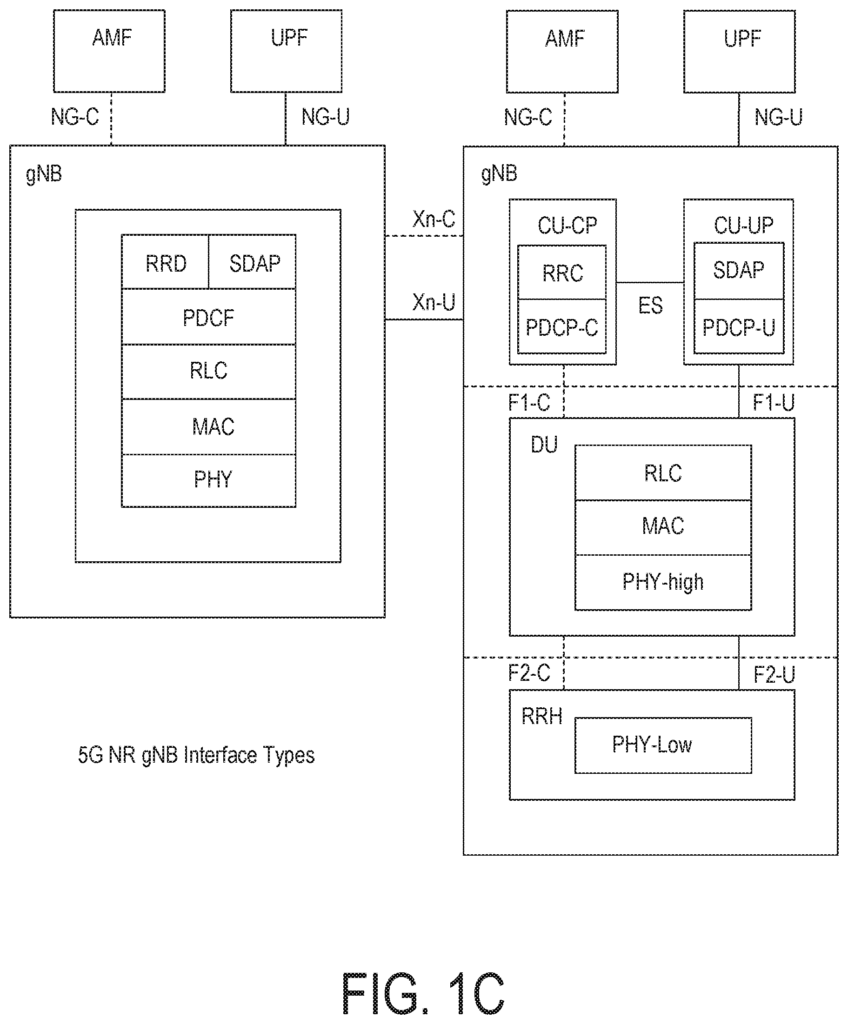
An antenna consists of an array antenna elements connected to a transceiver. It also includes an array actuators to point the elements. Data converters are coupled to the transceivers to perform up and down conversion. A baseband unit (BBU), with one or more digital signal processing units, is coupled to the data converters. Finally, a broadband connection connects the baseband unit to a wide-area network (WAN). One or more of these components may be included in the system. The processor can adjust the angle and curvature of the antenna. The processor can calibrate RF links between the tower and client devices. The processor can calibrate the connection through examining the RSSI/TSSI and scanning the moveable lens until optimal RSSI/TSSI levels are achieved (or other cellular parameters). You can inject or remove liquid from the moveable surface or you can use actuators that are attached to the surface to scan the target client/device. To create two-sided communication antennas, you can combine opposing pairs of lenses. A number of actuators/antennas can be used, similar to bee eyes. Each antenna is individually steerable to optimize 5G transmission. SNR can be improved by Fresnel lenses. The processor can automatically focus the 5G signals to the target client/device by making iterative changes to the antenna’s orientation. This involves changing the surface’s curvature or shape until a predetermined criteria has been met, such as best transmission speed, TSSI and RSSI, SNR, and others.
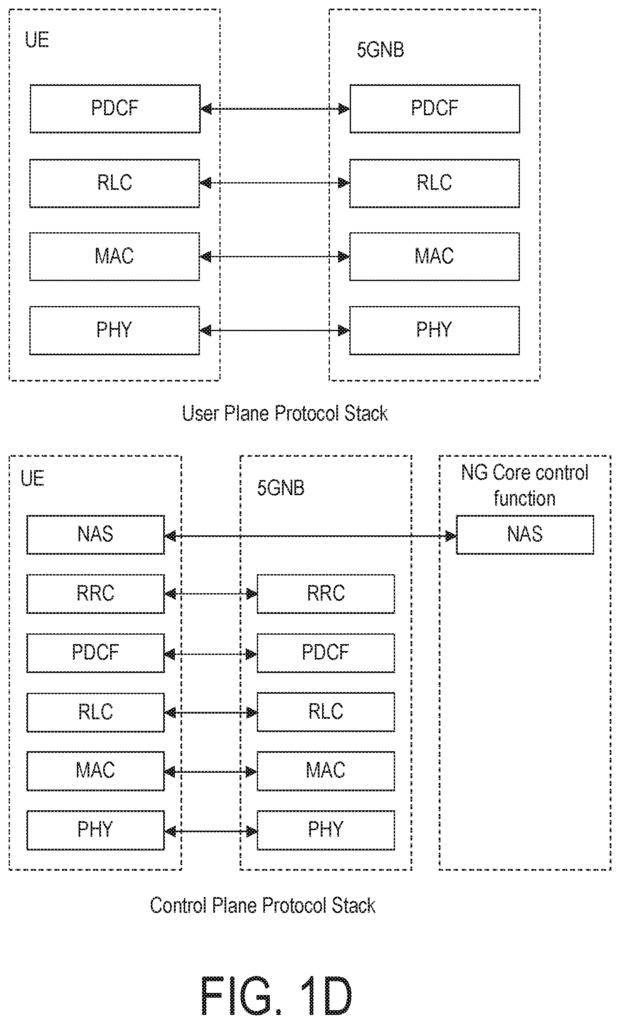
Click here to view the patent on Google Patents.
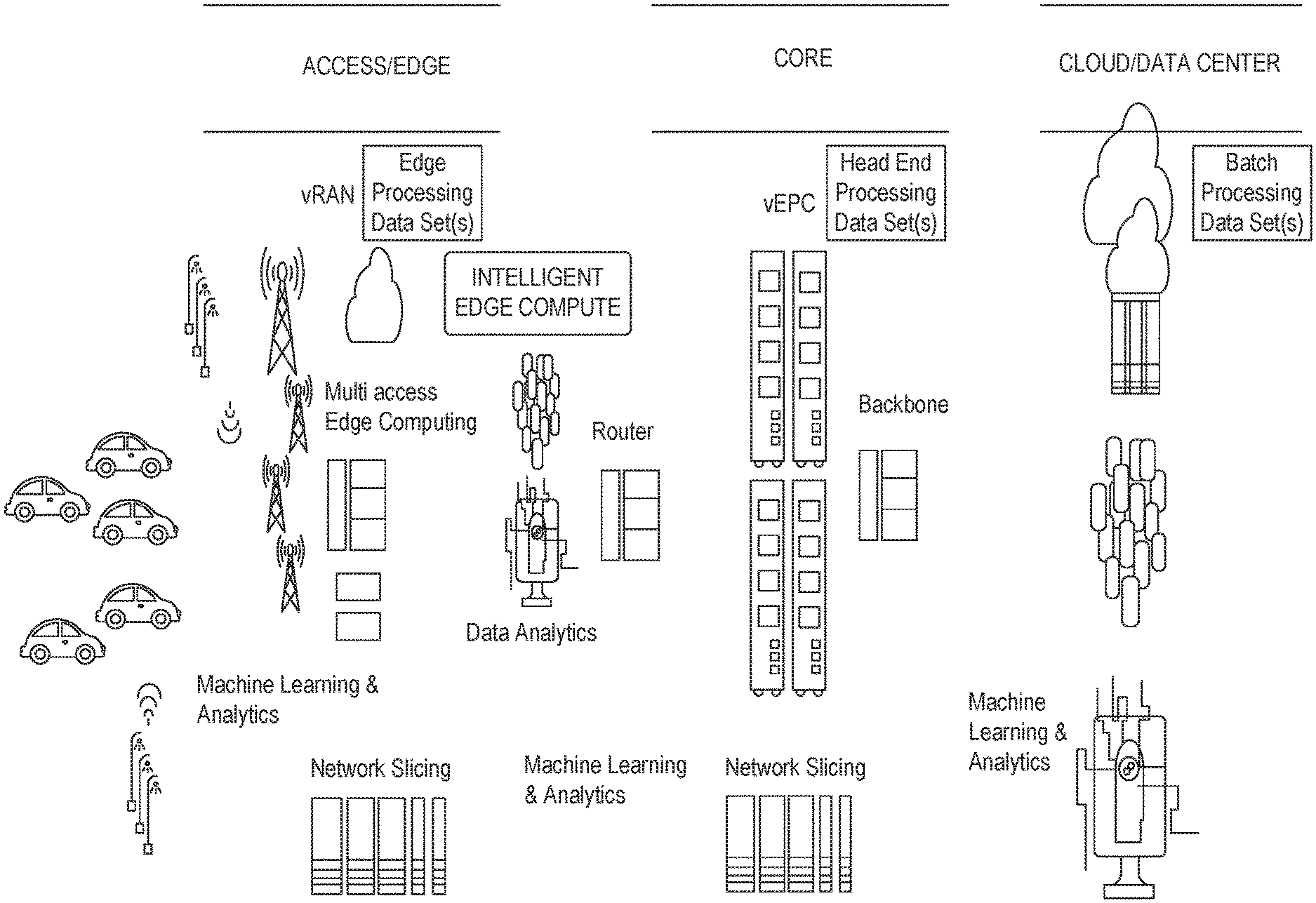
Leave a Reply